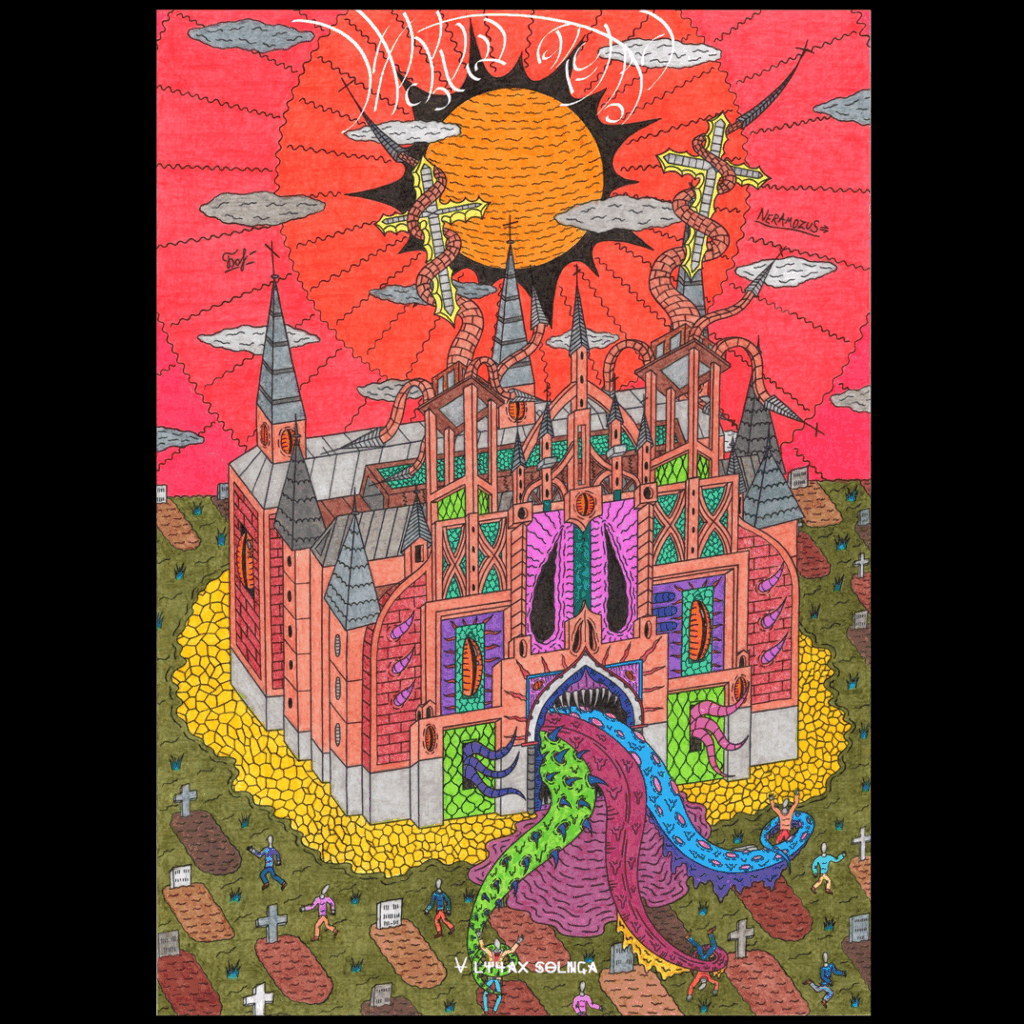
Ashen Face opens with a muted guitar line that immediately builds tension. The track grows slowly, layering subtle synths over the guitar to create a shadowy, closed-in atmosphere. The production feels intentionally claustrophobic, mimicking the feeling of being trapped in a recurring nightmare, which inspired this piece.
Instrumentation plays a crucial role in expressing the emotional weight of the song. The guitar doesn’t dominate but instead acts like a narrator. Synthesizers provide a low, whispering presence that supports the uneasy tone throughout the track. Percussion is minimal but steady, resembling a restrained heartbeat that guides the song forward without disrupting its stillness.
Vocals are used sparingly and mixed into the background. Rather than leading, the voice blends into the overall sound, making it feel like part of the dream state rather than a clear message. This approach strengthens the idea that the song is more about mood and memory than about a linear story.
Compared to other tracks on the album In the Sunrays, this one stands out for its darker mood and personal intensity. It feels less like a performance and more like a memory being replayed in sound. The emotional tone never resolves, but that seems to be the point.
What makes Ashen Face effective is how well it captures a difficult inner experience using just sound and structure. There is no need for heavy lyrical content. The music itself carries the message of fear, isolation, and ultimately, personal confrontation.
